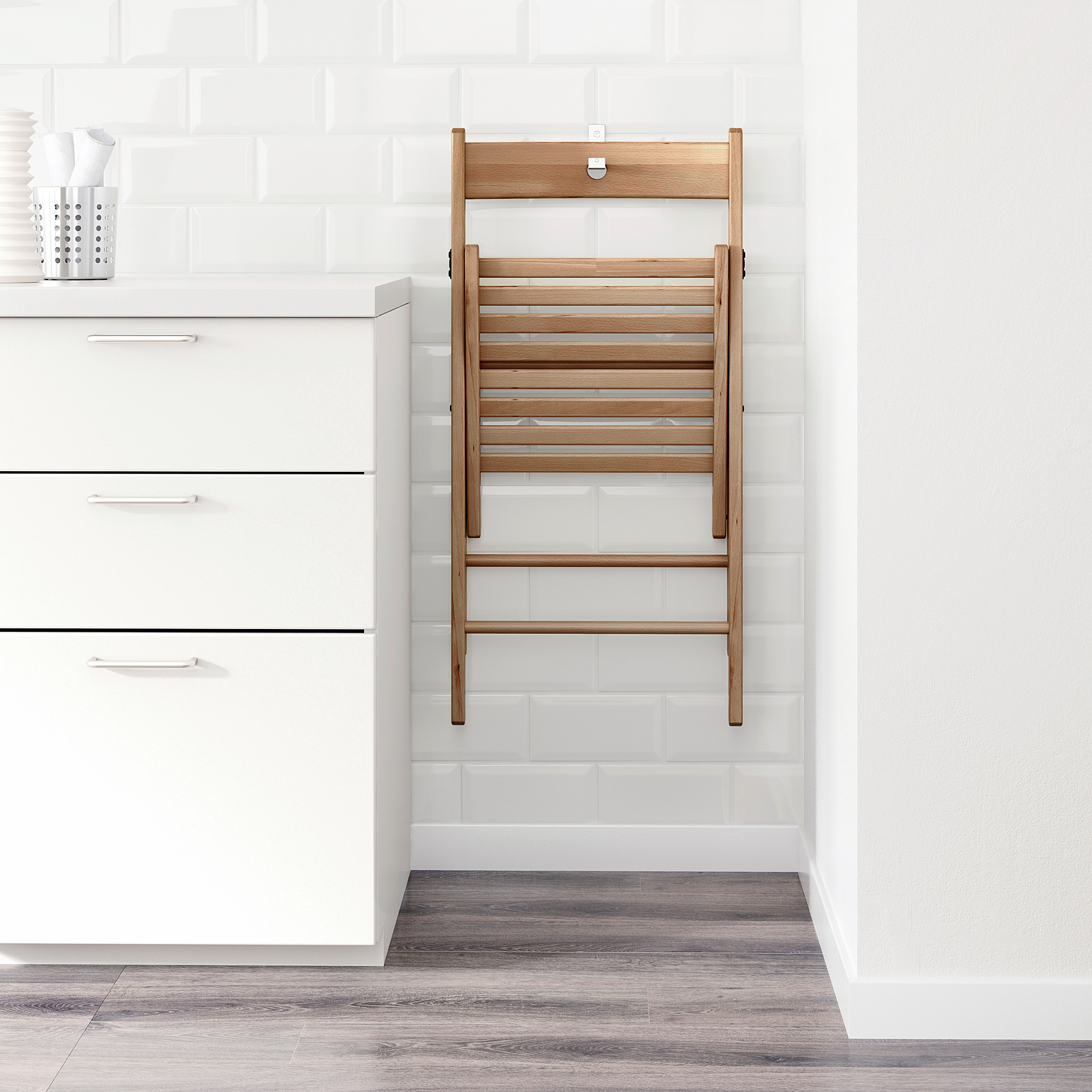IKEA Terje Chair: Ikea Terje Chair Review


The IKEA Terje chair is a budget-friendly option that surprisingly punches above its weight in terms of style and functionality. It’s a simple design, perfect for those seeking a clean, minimalist aesthetic without breaking the bank. This review dives into the specifics, exploring its design, features, and assembly process.
Design and Features
The Terje chair boasts a straightforward, Scandinavian-inspired design. Its clean lines and simple silhouette make it a versatile piece that complements a variety of interior styles, from modern minimalist to more rustic settings. The chair is constructed primarily from solid wood, typically beech, giving it a natural and durable feel. The finish is usually a clear lacquer, allowing the natural wood grain to shine through, though variations in stain might exist. This natural aesthetic contributes to its understated elegance and makes it a relatively easy piece to incorporate into different decor schemes. The seat is slightly curved for comfort, providing a gentle ergonomic support without being overly structured.
Dimensions, Weight, and Comparison
The Terje chair’s dimensions and weight are crucial factors to consider before purchasing. While precise measurements may vary slightly depending on the batch, it generally sits within a compact footprint, suitable for smaller spaces. Comparing it to similarly priced chairs reveals its competitive position.
| Feature | Specification (Terje) | Comparison Chair A | Comparison Chair B |
|---|---|---|---|
| Height | Approximately 80 cm | 75 cm | 85 cm |
| Width | Approximately 45 cm | 40 cm | 50 cm |
| Depth | Approximately 50 cm | 48 cm | 55 cm |
| Weight | Approximately 5 kg | 4 kg | 6 kg |
*Note: Comparison chair A and B are hypothetical examples for illustrative purposes and do not represent specific product names.*
Assembly Process
The Terje chair’s assembly is generally straightforward, even for those with limited DIY experience. However, like any flat-pack furniture, attention to detail is important.
The assembly typically involves:
- Attaching the legs to the seat base. This usually requires screwing the legs into pre-drilled holes. Ensure the screws are tightened evenly to avoid instability.
- Potential Issue: Over-tightening screws can strip the wood, so use moderate force.
- Positioning the back rest. The backrest often slots into place and might require some gentle force to ensure a secure fit.
- Potential Issue: If the backrest doesn’t fit easily, double-check alignment before applying too much pressure to avoid damage.
With careful attention to instructions and the use of appropriate tools, the assembly should be a relatively quick and hassle-free process. The entire process usually takes under 30 minutes for a moderately experienced DIY enthusiast.
IKEA Terje Chair: Ikea Terje Chair Review


The IKEA Terje chair: a minimalist marvel or a back-breaking budget buy? We’ve already covered the basics – its sleek design, affordable price point, and surprisingly sturdy construction. Now, let’s dive into the nitty-gritty: comfort and ergonomics. This is where the rubber meets the road, and the Terje’s simple design might not be everyone’s cup of tea.
Comfort and Seating Experience
The Terje’s comfort is a subjective beast. Its hard, molded plastic seat and back offer minimal give. Imagine sitting on a slightly curved, firm plastic shell. This is not a chair for lounging; it’s built for upright posture, and that’s where its strengths (and weaknesses) become apparent. For someone with good posture and a preference for firm support, the Terje might feel surprisingly comfortable for short periods. The lack of cushioning means your body doesn’t sink in, which some might find beneficial for maintaining alertness during work or study sessions. However, prolonged sitting, especially for individuals with back problems or those who prefer a softer seat, could quickly become uncomfortable. The lack of lumbar support is noticeable, and the edge of the seat can dig into your thighs after extended use. The smooth plastic surface, while easy to clean, lacks the textural comfort of fabric or padded alternatives. Overall, the seating experience is one of firm, unyielding support, a trade-off that might suit some but not all.
Ergonomic Analysis, Ikea terje chair review
Let’s be frank: the IKEA Terje chair isn’t designed with advanced ergonomics in mind. It’s a simple, affordable chair, and its design reflects that. Comparing it to other chairs in its price range, many offer at least some level of lumbar support or adjustable features. The Terje, however, lacks these entirely.
- Lumbar Support: Absent. This is a major drawback for prolonged sitting, potentially leading to back strain.
- Seat Height Adjustability: None. The fixed height might not be suitable for everyone, particularly those with different leg lengths or desk heights.
- Backrest Angle Adjustability: Fixed. You’re stuck in an upright position. While this can be good for posture, it limits flexibility and the ability to change positions for comfort.
- Armrests: None. The lack of armrests means less support for your arms and shoulders, which can contribute to fatigue during extended use.
The Terje’s ergonomic shortcomings are a direct result of its minimalist design and low price point. While it might suffice for occasional use or those who prioritize aesthetics over comfort, it falls short compared to chairs in its price range that incorporate even basic ergonomic features. Consider it a stylish but functionally limited option.
